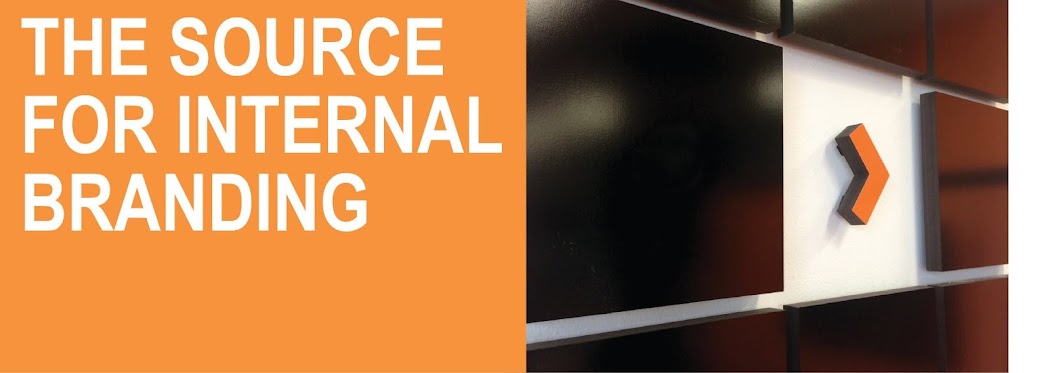It’s no secret, the digital revolution is among us. The
increasing influence of social media, peer-to-peer sharing, mobile marketing,
and interactive advertising has changed business as we know it. So, how do we
deal with the emergence of digital platforms? How do we manage the plethora of
data available and use it to deliver value to customers? It begins with
understanding the new realities of the marketing landscape.
In 2011, IBM published a study asking CMOs to address their
take on the digital revolution and the fundamental shifts transforming
organizations and the world. “From Stretched to Strengthened: Insights from the
Global Chief Marketing Officer Study” presents the findings from face-to-face
interviews with more than 1,700 CMOs across 64 counties and 19 industries. The
survey revealed an overwhelming consensus about the following challenges facing
CMOs and the general sense of unpreparedness to managing them:
1. Delivering value to the empowered customer -
The customer has control over the business relationship. With the ability
to shop around the globe, track the behavior of organizations, and share their
opinions with millions in a matter of seconds, customers are empowered like
never before.
2. Understanding the individual not the
market - Very few CMOs are fully utilizing the power of digital platforms to
gain insight on their customers. Instead of relying on traditional sources of
information to analyze markets, it is time to focus on what individual
customers need and desire. In today’s digital world, engaging with customers
through social networks is imperative for understanding what they value and
what they expect.
3. Fostering lasting connections with
customers - Customer loyalty is a powerful force. A disappointed customer
can so easily go elsewhere whereas a satisfied one can be a tremendous ally and
advocate for your brand. Building relationships with customers that last well
beyond the point of sale is critical. Use social media as a tool to engage with
customers and citizens at every stage of the customer lifecycle.
4. Emphasizing corporate character - Customers
can easily discover details about how a product is made, how a company treats
its employees, and its stance on environmental and social issues. Align your
corporate culture with your external brand to establish consistency and
loyalty. Build a workforce that both embraces and exemplifies your corporate
character.
5. Capturing value and measuring the results
of marketing efforts - CMOs are under pressure to monetize the results of their
marketing initiatives. Capture this value by hiring talent with a broader mix
of skills. Partner with external agencies who specialize in digital data
management and, most importantly, expand your own frame of knowledge and skills
to avoid playing catch-up as the business world continues to move forward.
The digital revolution is not
slowing down. If anything, the future promises to be more complex and
overloaded with data. By understanding the challenges of the shift to a digital
world, we reveal the opportunities.

